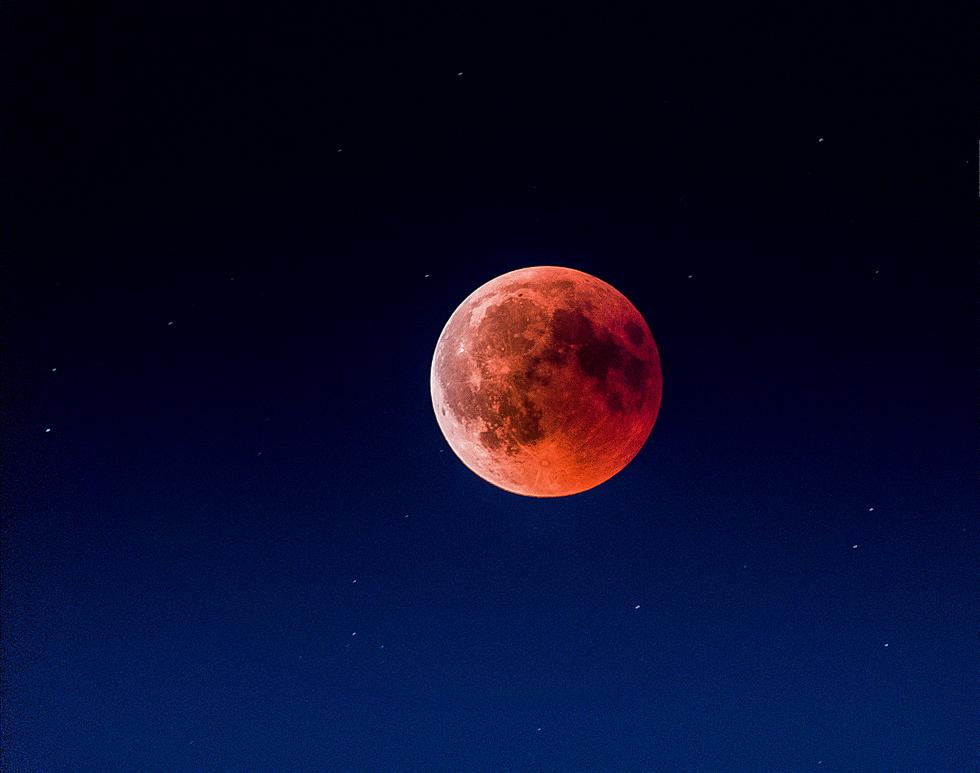
3 Meteor Showers, Fireballs & Top Astronomy Event of the Year, All in One Month
November is going to be a busy month for astronomy lovers. It's filled with 3 meteor showers, fireballs, and the top astrological event of the year.
A trio of meteor showers will light up the night sky in November, but the best will be saved for last and might be worth waking up in the middle of the night to catch.
November’s meteor showers will bring plenty of opportunities to catch a glimpse of a shooting star and even an incredibly bright fireball, according to Accuweather.
"A bunching of stars known as the Pleiades star cluster will also be visible in the eastern sky shortly after nightfall throughout November and can be seen on almost any night that it is clear."
Taurid meteor shower - Early November
The first two meteor showers of the month won't be all that strong but may be worth catching if Mother Nature cooperates. The Southern Taurid meteor shower will peak during the first week of November. The Northern Taurids will peak a week later. Both can be seen after midnight.
The meteor showers will only produce about five meteors per hour. However, both are known for their spectacular fireballs.
Leonid meteor shower - Nov. 17-18
The third meteor shower may be more active. The Leonids peak on the night of Wednesday, November 17, into the early morning of Thursday, November 18.
“The Leonids are best known for producing meteor storms in the years of 1833, 1866, 1966, 1999, and 2001. During these outbursts, hourly rates ranged from 1,000 to 100,000 meteors per hour, creating some of the most mesmerizing displays in recent history."
Unfortunately, only 10 to 15 meteors per hour are expected this year.
Partial Lunar Eclipse - Nov. 19
Saving the best for last, the top astronomy event of not only the month but in all of 2021 will occur. For the first time since January 20, 2019, you'll be able to see a partial lunar eclipse anywhere in North America.
"97% of the moon will pass through Earth’s dark inner shadow. This will make it more impressive than most partial lunar eclipses and means it will fall just short of being a total lunar eclipse when 100% of the moon passes through Earth’s inner shadow."
The partial eclipse is a preview of what's coming in 2022. The Eastern U.S. will get to see a total lunar eclipse in May, followed by another in the Western U.S. next November.



